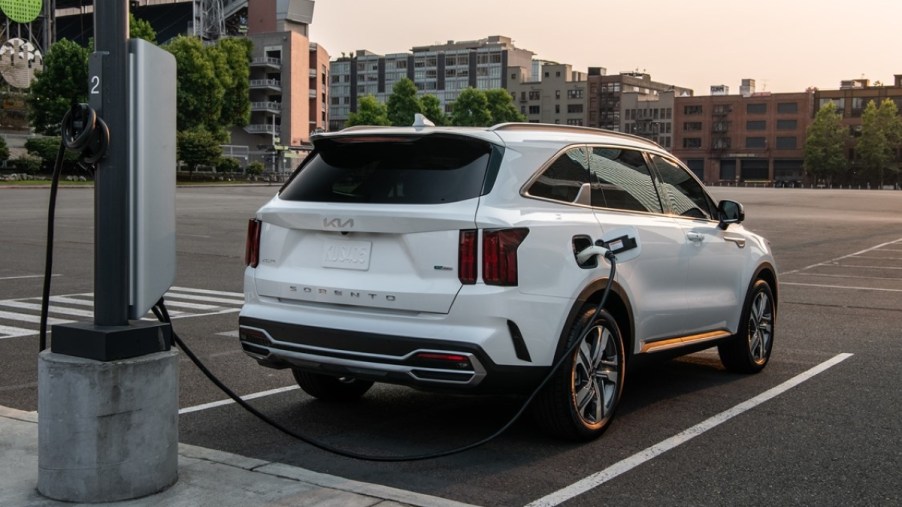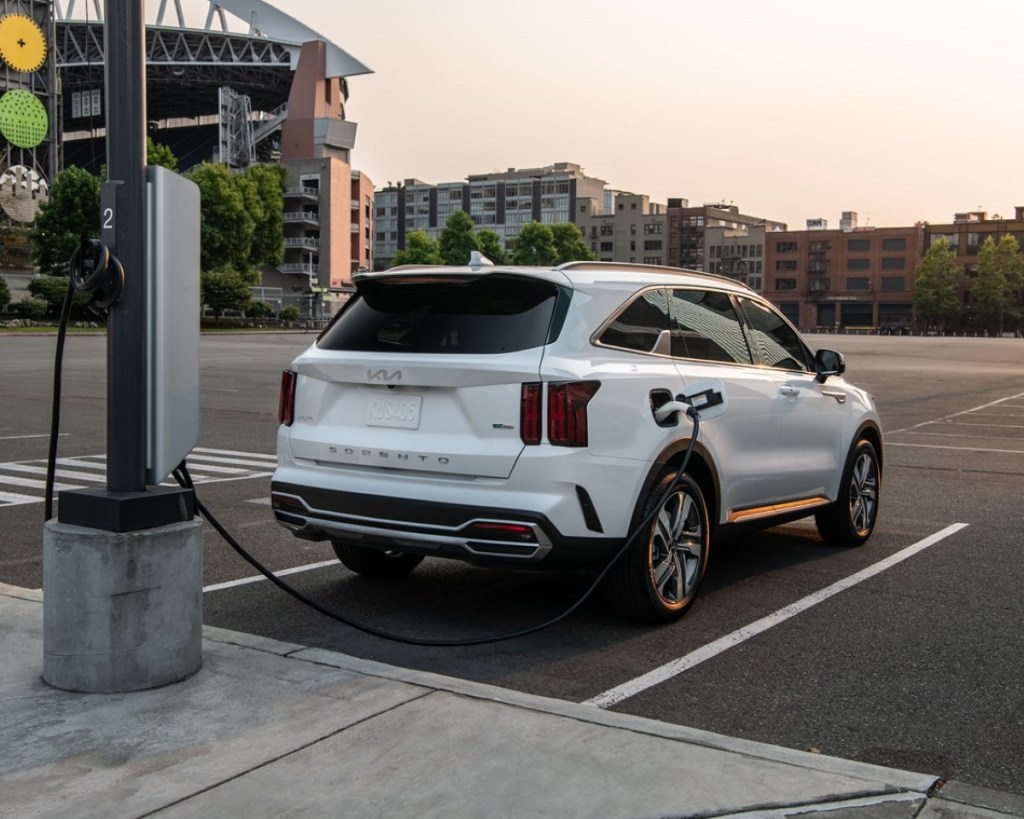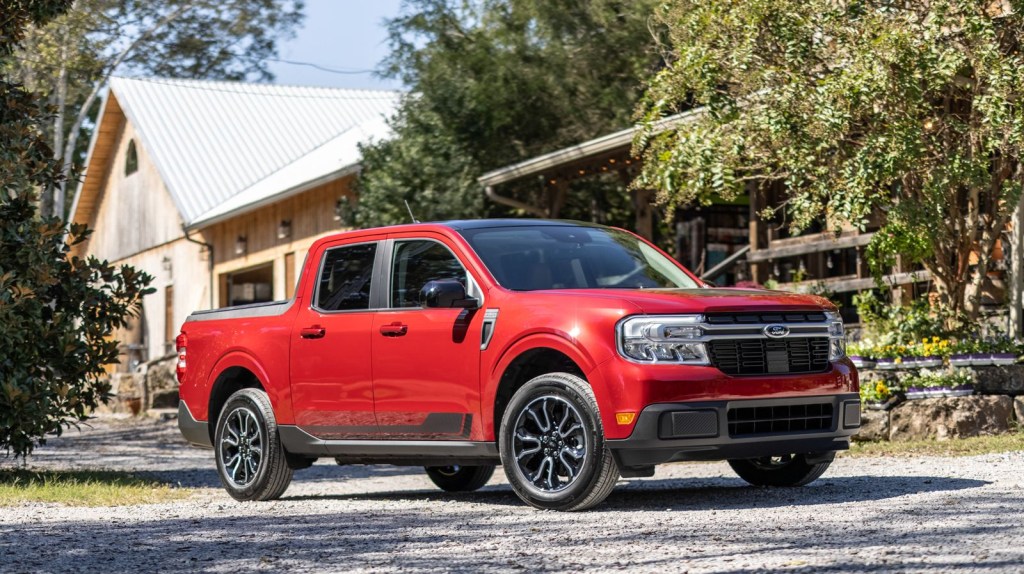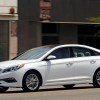
Why Aren’t All Hybrids Plug-In Hybrids?
The closest thing to an electric vehicle without going fully electric is a hybrid vehicle. On top of regular hybrids, we also have plug-in hybrids. If a plug-in hybrid is able to be charged and run on only electricity, why aren’t all hybrids plug-in hybrids? It would make more sense to give owners the option of fully electric driving without any of the range anxiety that comes with EVs. Only plug-in hybrids provide that to owners. Hybrids are basically standard gas-powered vehicles that have phenomenal gas mileage. Why do they even exist when they could be plug-ins?
What’s stopping us from plugging in hybrid vehicles?

The short answer is that you wouldn’t be able to drive very far on electric-only with a hybrid vehicle. That doesn’t mean only 20 miles either, we’re talking maybe 3 or 4 on purely the battery. This is because the batteries used in hybrids aren’t meant to be the sole source of power. They’re completely different, and could barely move the vehicle more than roughly 20 mph in most cases. One of the main reasons plug-in hybrids aren’t the standard for hybrid vehicles is cost. Obviously, PHEV batteries that can move a vehicle more quickly and handle a good distance without fuel cost more money. It is much more cost-efficient for automakers to manufacture standard hybrid vehicles with cheaper batteries than PHEVs.
Plug-in hybrids only allow people to travel on purely electricity when it is most convenient. That means a short trip around the corner, or just to make it to a gas station after running out of fuel. These two situations are easily covered by a PHEV, and there’s no range anxiety to the electric battery as long as the vehicle is filled with gas. Standard hybrids are not meant to cover the extra few miles to fuel up after running out of gas. They’re simply a far more fuel-efficient alternative to standard gas-powered vehicles.
Plug-in hybrids are less convenient, for some

Though the PHEVs can be really great options for some people who want great fuel economy and the electric option, for others they are far less convenient. Standard gas-powered vehicles, hybrids, and electric vehicles all have one thing in common. They each only use one form of power. Whether it is pure gasoline or pure electricity, owners only have to visit a gas station or a charger to drive their vehicle. With a PHEV, you’re required to use both options. The vehicle can operate with one of the two fuel sources at any time, but the best practice is to have both available. A plug-in hybrid means you’ll have to fuel up at the station, then go home and plug the vehicle in, instead of just one of those two things.
As far as cost-efficiency for automakers and convenience for owners, plug-in hybrids have benefits but cannot be the only option. Standard hybrids still have their place in the vehicle market. Even as electric vehicles take over, we can see the demand for hybrids is still there. Look no further than the upcoming 2022 Ford Maverick‘s reservation numbers for all the proof you’ll need.



